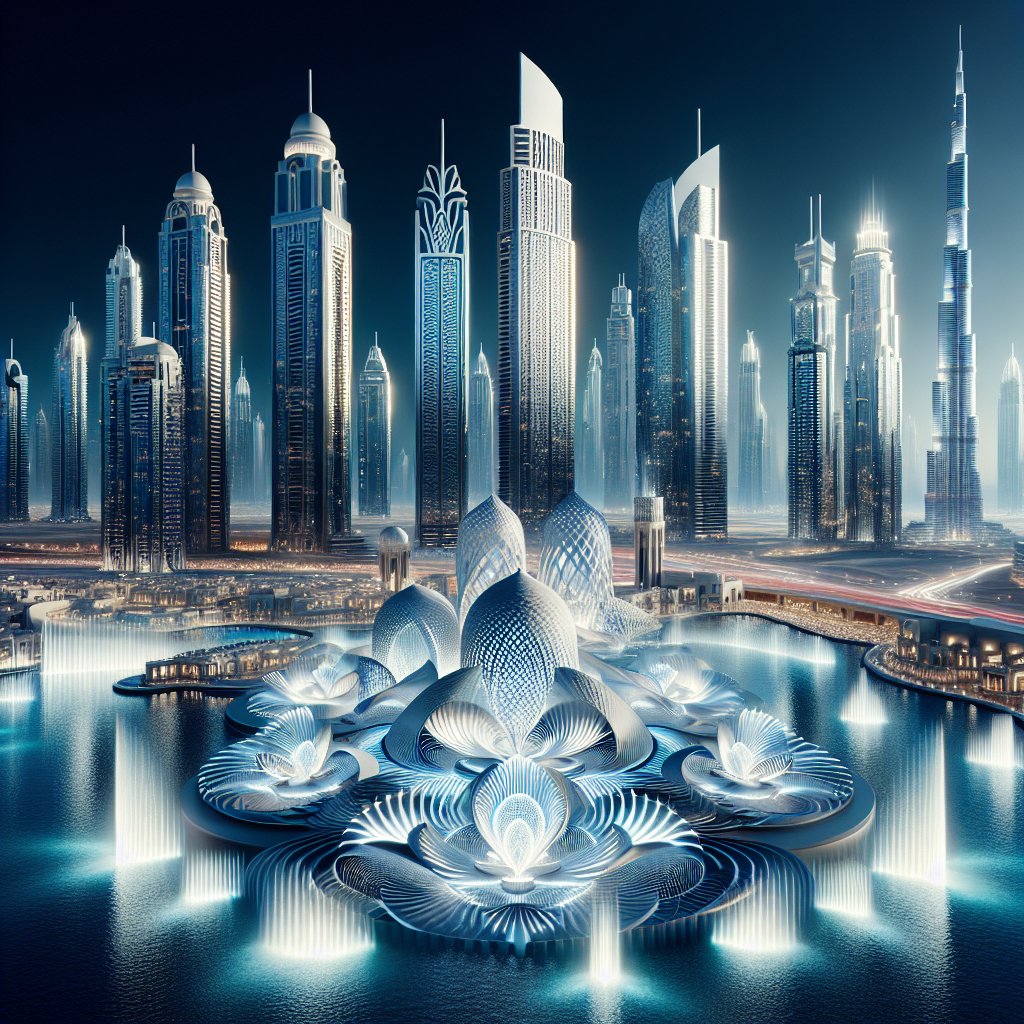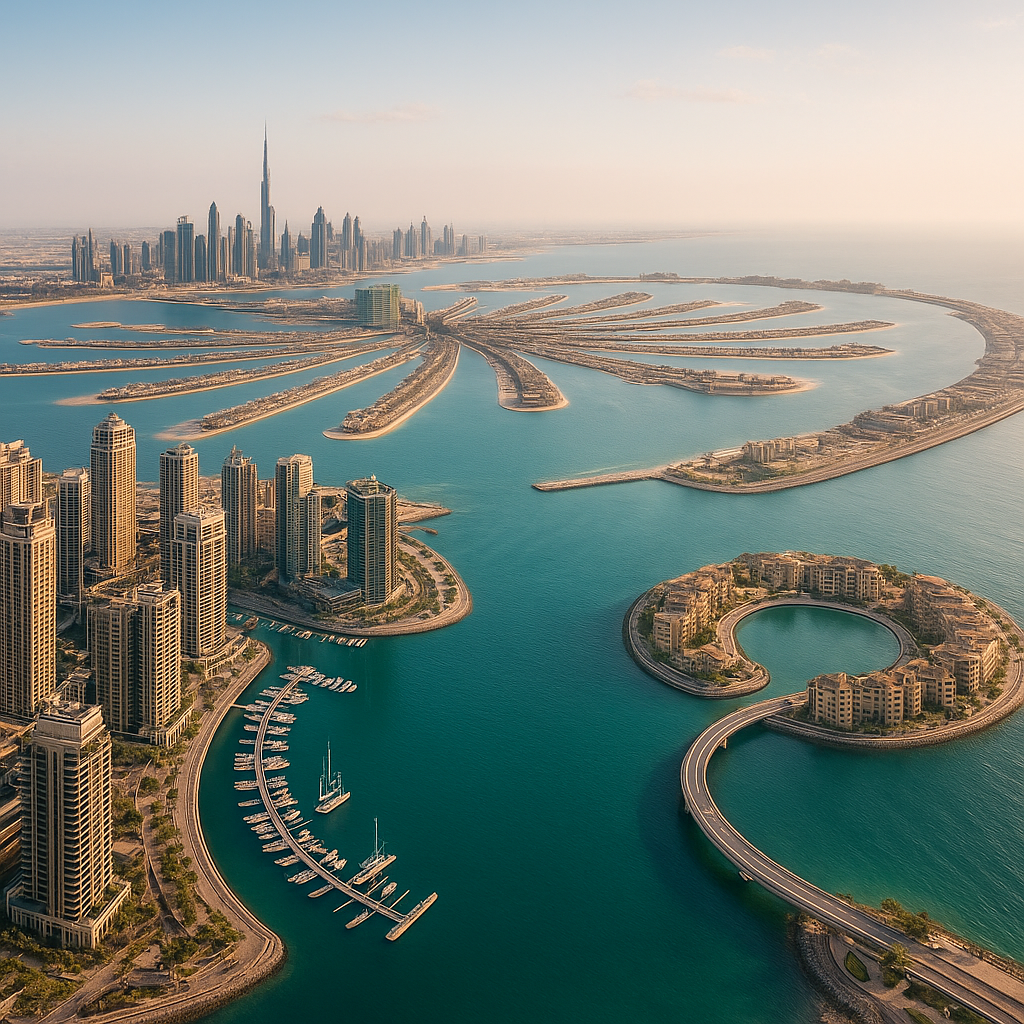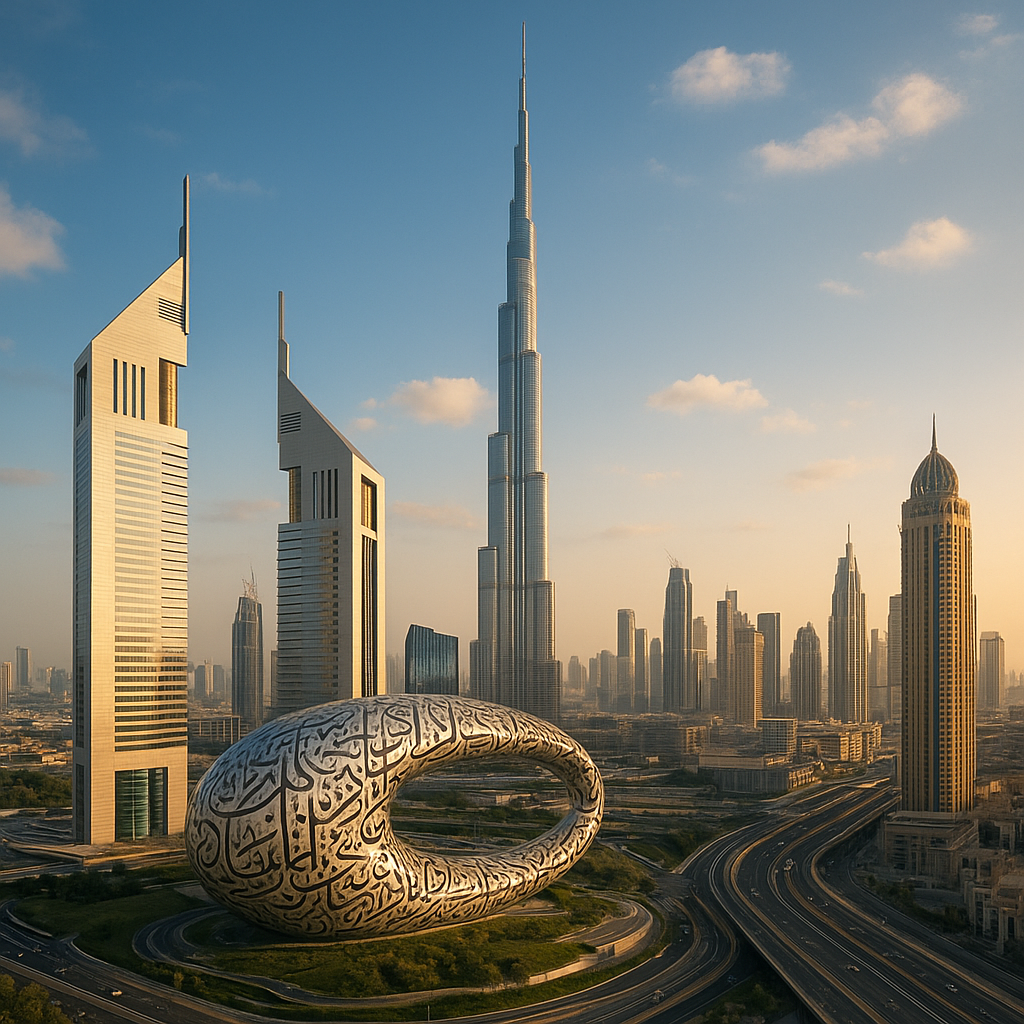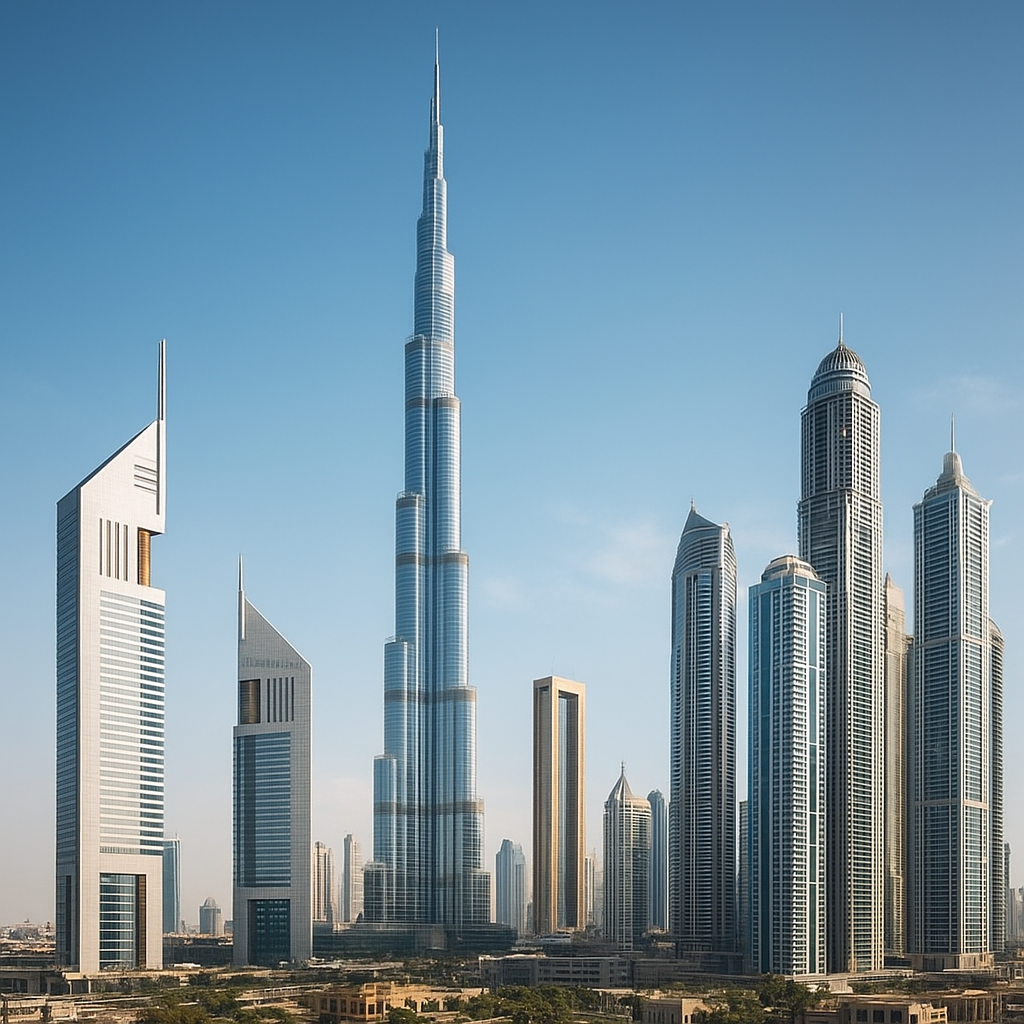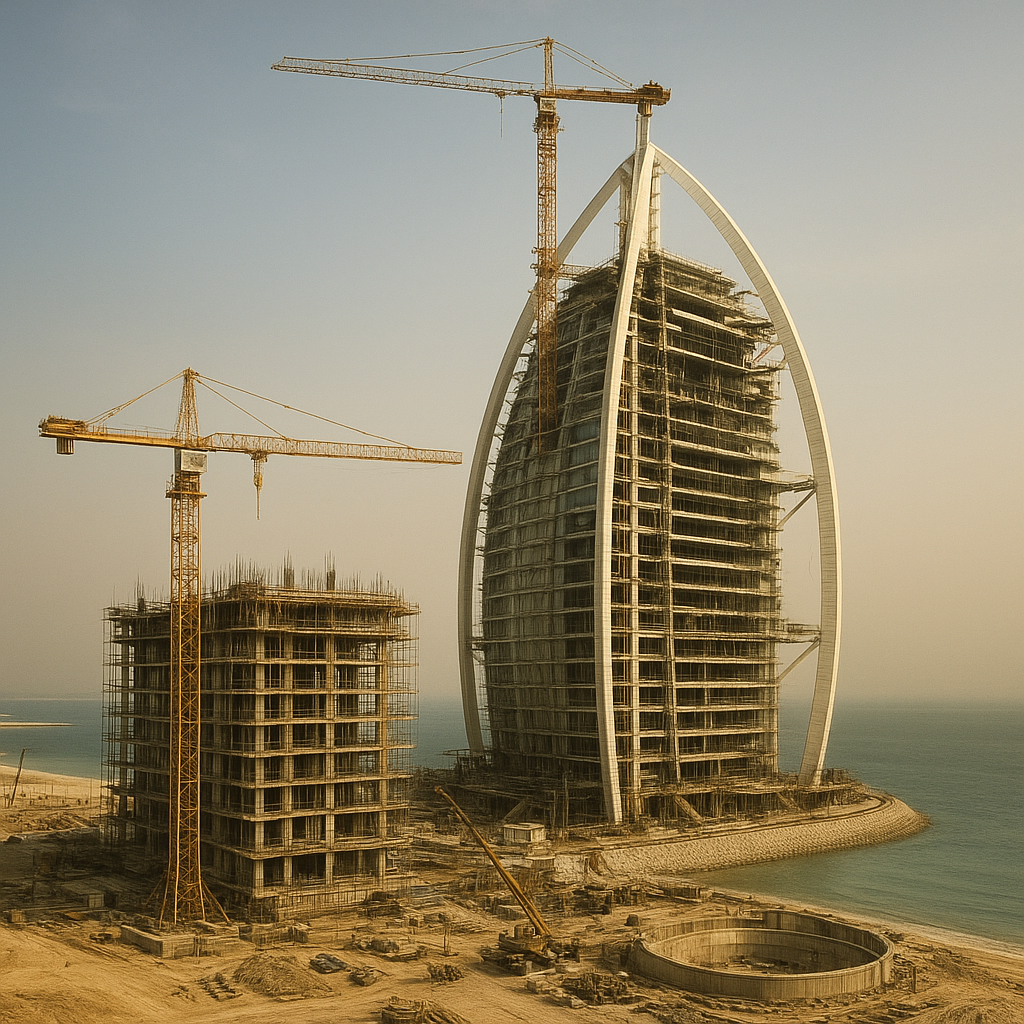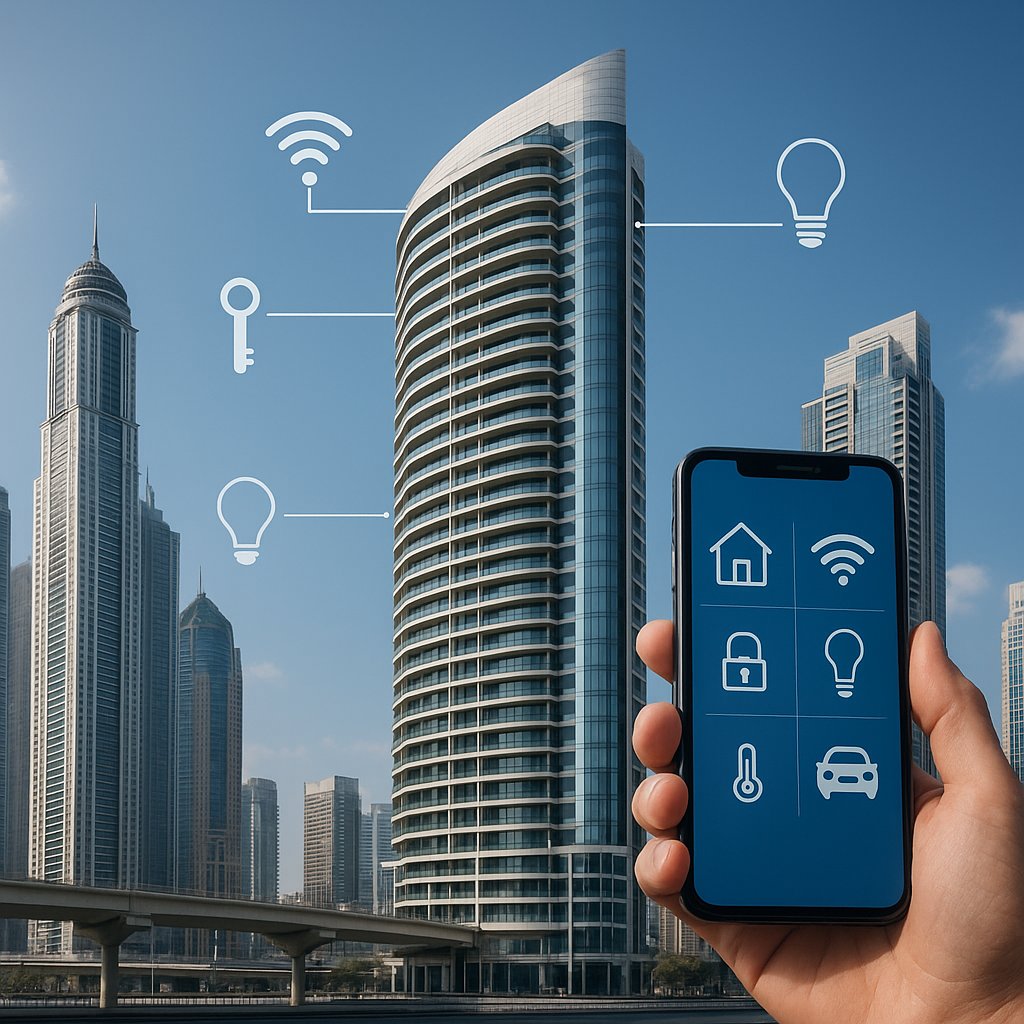Dubai, a city renowned for its futuristic skyline and luxurious lifestyle, has ingeniously integrated light and water shows into its architectural design, creating a mesmerizing urban landscape that captivates both residents and tourists alike. This innovative approach not only enhances the aesthetic appeal of the city but also reflects its commitment to pushing the boundaries of modern architecture and urban planning.
The Role of Light Shows in Dubai’s Architectural Marvels
Light shows have become an integral part of Dubai’s architectural identity, transforming its buildings into dynamic canvases that come alive after sunset. The use of advanced lighting technology allows architects and designers to create stunning visual displays that highlight the unique features of each structure. One of the most iconic examples of this is the Burj Khalifa, the tallest building in the world, which regularly hosts spectacular light shows that draw crowds from around the globe.
The Burj Khalifa’s light shows are a testament to the power of technology in enhancing architectural design. Using thousands of LED lights, the building is transformed into a vibrant spectacle that can be seen from miles away. These shows often coincide with special events and celebrations, such as New Year’s Eve, when the tower becomes the centerpiece of a breathtaking fireworks and light display. The integration of light shows into the Burj Khalifa’s design not only elevates its status as a global icon but also demonstrates Dubai’s commitment to innovation and creativity.
Beyond the Burj Khalifa, other structures in Dubai have also embraced the use of light shows to enhance their architectural appeal. The Dubai Frame, a massive rectangular structure that offers panoramic views of the city, utilizes LED lighting to create a stunning visual effect that highlights its unique design. Similarly, the Palm Jumeirah, an artificial archipelago shaped like a palm tree, features a series of synchronized light shows that illuminate its luxurious hotels and residences, creating a captivating spectacle for visitors and residents alike.
Water Shows: A Symphony of Nature and Technology
In addition to light shows, Dubai has also incorporated water shows into its architectural design, creating a harmonious blend of nature and technology. The Dubai Fountain, located at the base of the Burj Khalifa, is one of the most famous examples of this integration. As the largest choreographed fountain system in the world, the Dubai Fountain features a series of water jets that shoot up to 500 feet in the air, synchronized with music and lights to create a mesmerizing performance.
The Dubai Fountain’s water shows are a testament to the city’s ability to combine natural elements with cutting-edge technology. The fountain’s design allows for a wide range of performances, from classical music to contemporary pop hits, ensuring that there is something for everyone to enjoy. The use of water as a medium for artistic expression not only enhances the aesthetic appeal of the area but also provides a refreshing contrast to the surrounding desert landscape.
Another notable example of water shows in Dubai is the Aquaventure Waterpark at Atlantis, The Palm. This expansive waterpark features a variety of attractions, including water slides, wave pools, and a lazy river, all set against the backdrop of stunning architectural design. The park’s use of water as a central element in its design creates a unique and immersive experience for visitors, highlighting Dubai’s ability to seamlessly integrate natural and man-made elements.
The Impact of Light and Water Shows on Dubai’s Tourism and Economy
The integration of light and water shows into Dubai’s architectural design has had a significant impact on the city’s tourism and economy. These attractions draw millions of visitors each year, contributing to Dubai’s reputation as a global tourist destination. The city’s ability to create memorable experiences through the use of light and water shows has helped to establish it as a leader in the field of architectural innovation.
Tourism is a major driver of Dubai’s economy, and the city’s investment in light and water shows has played a crucial role in attracting visitors from around the world. The unique experiences offered by these shows, combined with Dubai’s luxurious hotels, shopping malls, and cultural attractions, make it a must-visit destination for travelers seeking a blend of modernity and tradition.
Moreover, the success of Dubai’s light and water shows has inspired other cities to explore similar approaches in their architectural design. By setting a new standard for urban planning and development, Dubai has positioned itself as a pioneer in the field, influencing the way cities around the world approach the integration of technology and nature in their built environments.
Conclusion: A Visionary Approach to Urban Design
Dubai’s use of light and water shows in architectural design is a testament to the city’s visionary approach to urban planning. By seamlessly integrating technology and nature, Dubai has created a unique and captivating urban landscape that continues to attract visitors and inspire architects worldwide. As the city continues to evolve, its commitment to innovation and creativity will undoubtedly lead to even more groundbreaking developments in the future.
In conclusion, the integration of light and water shows into Dubai’s architectural design is a reflection of the city’s dedication to pushing the boundaries of modern architecture. These elements not only enhance the aesthetic appeal of the city but also contribute to its status as a global leader in tourism and urban development. As Dubai continues to grow and evolve, its innovative approach to architectural design will undoubtedly serve as a model for cities around the world.
